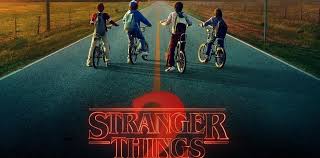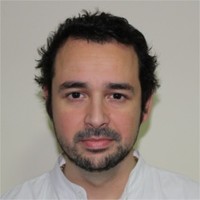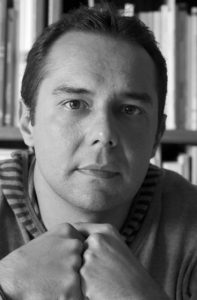Avant-Garde Music: Innovational timbres, why Rosalía, John Cage or Queen should enter the genre
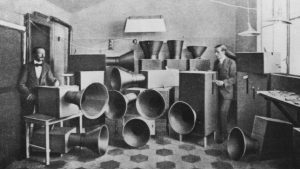
By Ulises Martín Melián – 2nd A
What if I told you that, in the past, a series of musicians looked for new sounds and experimented with instruments or even their own voices for creating new music? What age would you say they are from? Well, these innovational musicians started to appear in the early XX century, when computing wasn’t invented yet and people didn’t have access to information as we do nowadays. Surprising, isn’t it? Well, that’s actually a music genre denominated avant-garde.
Avant-garde comes from the French, which means “advanced vanguard”, and was originally a military term, which was used for the most advanced part of the army, the ones who were at “the first line”, but if you are reading this, you probably don’t care about military terms… As an artistic term, avant-garde is used, basically, to determine the artists who changed the standard music by using new instruments or mixing them in a non-common way or by the songs’ structures, who were different from the popular music. Summarising, music outside the mainstream. Genres such as experimental classical music, free jazz, progressive rock or harsh noise are related to avant-garde, and musicians of these styles are the root of the style.
Its origin started on the late 19th century-early 20th, when classical artists like Igor Stravinsky, Arnold Schönberg or Béla Bartók started to write dissonant and adventurous music; in case you’re not a musician and you are more lost than gorilla in a garage, I’ll simplify it: these classical musicians basically didn’t play or compose easy-listening music that you would hear in any saloon or in the radio, they looked onwards…
After World War II, new composers appeared with experimental electronic sounds, soundscapes or background noises. So we can say that avant-garde was available for almost everyone and other styles such as jazz or rock looked for new sounds in their music. Even The Beatles used this sound exploration in their album Rubber Soul!
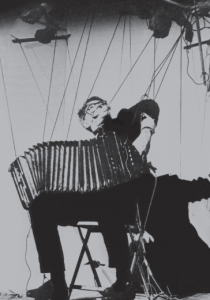
So, every artist who innovated and used experimental music or sounds was considered as an avant-garde musician.
So, if we took in account, for instance, Bicycle Race from Queen, by mixing sounds from bicycle bells with the electric guitar from the mythic Bryan May simulating a real race, or the Spanish singer Rosalía, by making a terrific fusion of flamenco with another styles, like soul, pop or even trap music and experimenting with sounds such as crystal, bullets or motorbikes. Shall we consider them avantgarde, a style born from the classical music in the early 20th century?
As you have read before -if you payed attention-, artists started to used new sounds in about the late 40’s, and John Cage is the perfect example of these musicians, as he became an avant-garde musician using plain background noises.
John Milton Cage Jr. was born in 1912 in Los Angeles, California. Apart from composer, he was an instrumentalist, philosopher, painter and poet. He studied architecture and piano in Europe, but, as we should think, the first one was not very worth it… He taught in Seattle from 1938-40. He became popular in the genre by using weird instruments, like his famous “prepared piano” and experimenting with tape recorders, recorded plays and radios. Some examples of his greatest compositions are 4’ 33’’ No. 2, Amores, for prepared piano and 3 percussion or Aria, for solo voice.
I didn’t know this genre, but, once I digged on it, I realized the importance of innovation, is amazing how people accomplished those creative and difficult mixtures so long ago, I think it is a genre that can exist with no end in sight, as we don’t know when will people innovate, let´s us thank such a refreshing air in music. I hope you found avant-garde as interesting as I did. And remember, a style doesn’t have an age…

